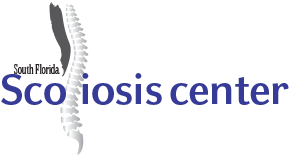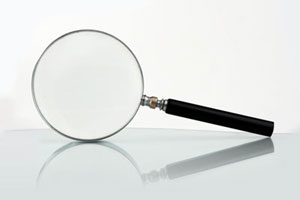Lighten the Load- Backpack Safety for Spinal Health
 Did you know (as per the American Physical Therapy Association) your child’s backpack should never exceed 10-15% of his or her body weight?
Did you know (as per the American Physical Therapy Association) your child’s backpack should never exceed 10-15% of his or her body weight?
Thanks to heavy homework loads and inconvenient or non-existent lockers, the average child carries 22-27% of their bodyweight in their backpack. This creates unnecessary strain on a child’s spine. A heavy back pack can pull a child backwards making him or her overcompensate by 1- bending forward or 2- arching their backs, in turn compressing the spine. In the case of the “over one shoulder sling” a child tends to lean far to the one side to offset the weight of the heavy backpack. Repeated use, overtime, leads to poor posture, muscle strain and pain in the back neck and shoulder areas. In addition, backpacks with tight narrow straps that dig into the skin can block circulation and nerve function, resulting in tingling, numbness and weakness in the arms and hands.
Signs My Child’s Back pack is too Heavy:
- Change in posture?
- Signs of struggle while putting on or taking off the backpack
- Complaining of pain from wearing the back pack
- Red marks on the shoulder area from wearing the backpack
- Complaints of numbness or tingling in the arms and hands
Safety Precautions to Lighten the Load:
- Purchase a back that’s lightweight yet durable- many backpacks, though fashionable, may be heavier construction
- Make sure the backpack has two wide padded shoulder straps
- Purchase a backpack with a waist strap- this helps the weight distribute more evenly
- A padded back can make the load more comfortable while protecting from sharp objects poking out the back
- Multiple compartments help the weight distribute more evenly
- Rolling backpacks are ideal provided there is no need for climbing stairs or rolling across uneven terrain- i.e. grass or snow
- When packing the backpack- pack heavier items towards the back and evenly distribute smaller items in compartments
- Weigh your child’s backpack- make sure it doesn’t exceed 10-15% of his or her bodyweight
- Adjust the straps to fit tight against the body
Now you’re ready to send your child safely off to school! Always encourage your child to tell you about any discomfort concerning his backpack and pay attention to any symptoms he or she may be experiencing.
Remember- A heavy backpack does not cause Scoliosis but may disguise a spinal curve in it’s initial stages. Scoliosis first shows up between the ages of 9-15 so make sure your child is screened on a regular basis.



